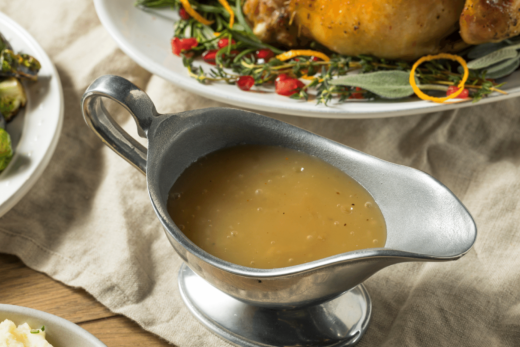When your dog has allergies, pet owners will do almost anything to help them feel better. For both food allergies and sensitivities, changing your dog’s diet can relieve discomfort. Changing your dog’s diet can also improve your dog’s coat and skin quality, reducing the effects of airborne allergies, as well. So, what should you look for in the best dry dog food for dogs with allergies? If you’re itching to help your dog feel better, we have some advice that could help your dog feel better.
Understanding Your Dog’s Food Allergies and Intolerances
Food Intolerances vs. Food Allergies
Most dogs have food sensitivities rather than true allergies [1]. True food allergies are relatively rare for dogs. However, the phrases “food sensitivities” and “food allergies” have become relatively interchangeable. So, what is the difference?
A food sensitivity or intolerance occurs when a dog’s body cannot process a certain ingredient.
The symptoms of a food intolerance:
-
-
- Diarrhea
- Vomiting
- Gas
- Abdominal pain
- Loss of appetite
- Weight gain or loss
- Itching [2]
- Change in coat condition
-
The most common dry food elements that dogs can struggle to tolerate include:
-
-
- Food additives, including sulphites, monosodium glutamine, and disulphides
- Carbohydrates, including lactose intolerance [3]
-
A food allergy occurs when a dog’s immune system mistakes an ingredient as dangerous and responds with a heightened reaction of antibodies. Many dog owners don’t realize their dogs are experiencing food allergies, since the symptoms are often the same as an environmental allergy.
These symptoms include:
-
-
- Itchy skin, especially the paws, eyes, and ears
- Sneezing
- Rashes, flaky, or oily skin
- Change in skin texture (often rougher or even leathery)
- Red and drippy eyes
- Hair loss and hot spots
- Vomiting and diarrhea
-
Dog are most often allergic to the following ingredients:
-
-
- Beef
- Dairy
- Wheat
- Eggs
- Lamb
- Chicken
- Pork
- Rabbit
- Fish
- Soy [4]
-
Most Vets Recommend an Elimination Diet for Dog Food Allergies or Intolerances
An elimination diet is often the only way to diagnose a dog with a food allergy and to determine what your dog is allergic to [5]. As the name suggests, you must eliminate your dog’s current food over the course of a week. Slowly replace their current food with a recipe that doesn’t contain the suspected allergen.
It’s a good idea to examine your dog’s current food for any of the most common allergens and common intolerance ingredients listed above and start by eliminating those.
Choosing a new food with a single protein and limited ingredients can help. Your dog will have to remain on their new diet for several weeks to determine if symptoms clear up. Some dogs need up to 12 weeks for their systems to rebuild in strength and health.
If your dog’s allergy symptoms continue, you will need to move on to a new food with a different protein and other ingredients. And repeat until your dog’s symptoms disappear.
Your vet can guide you through a stricter elimination diet if needed.





